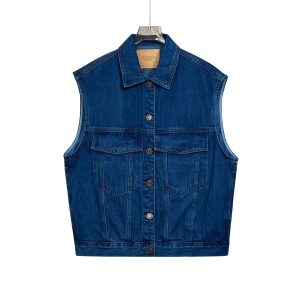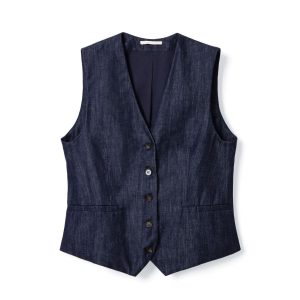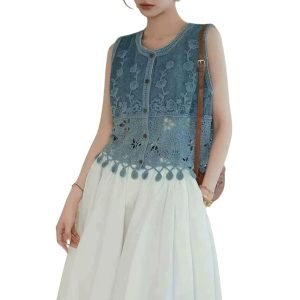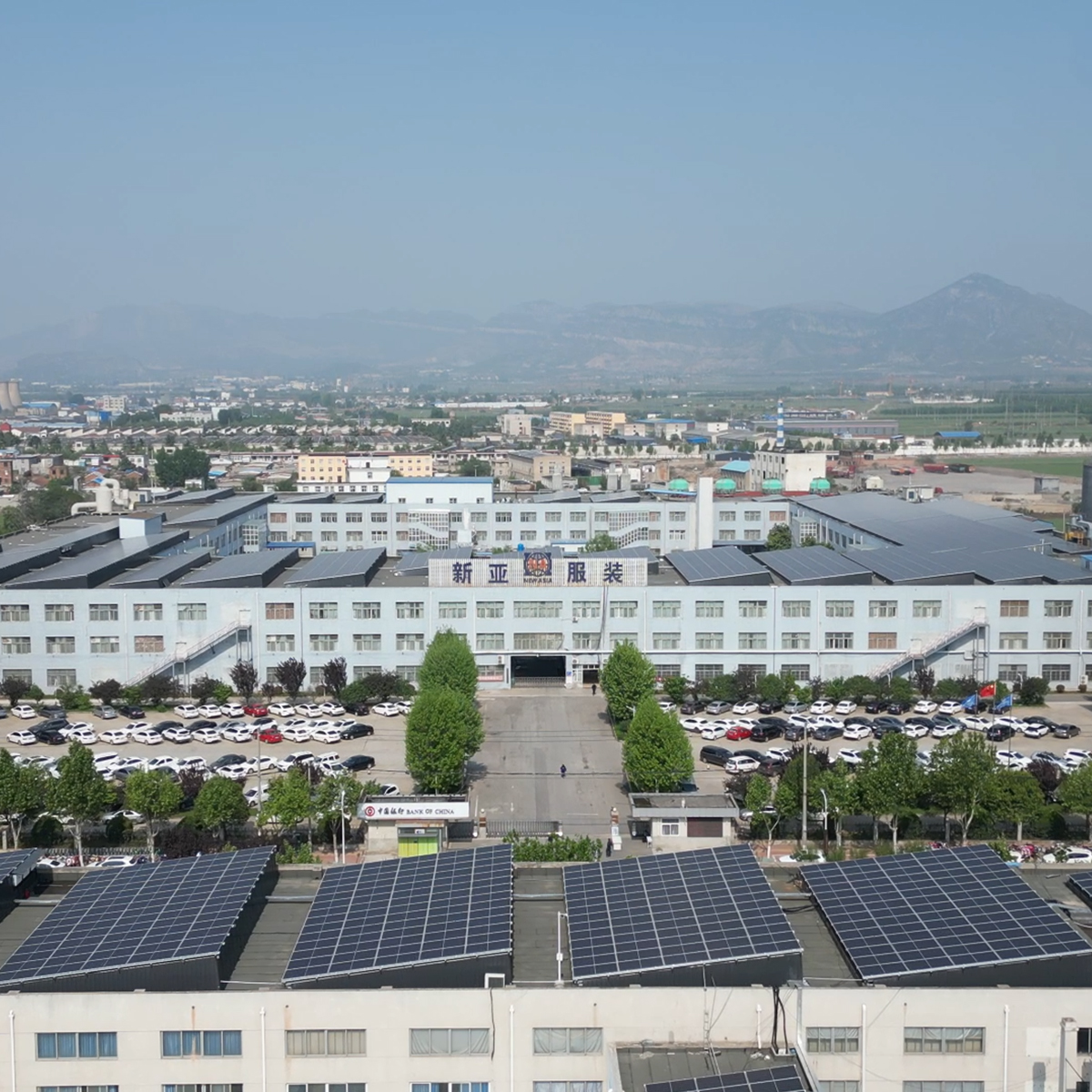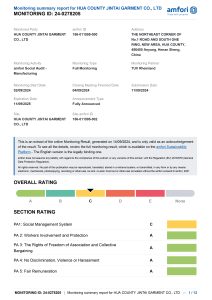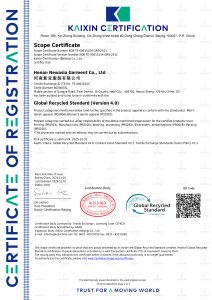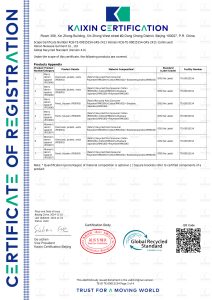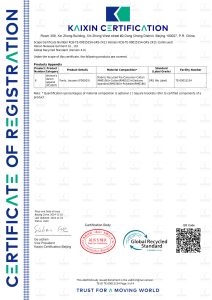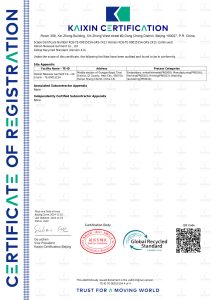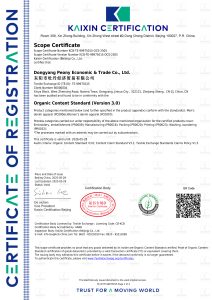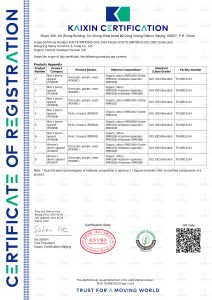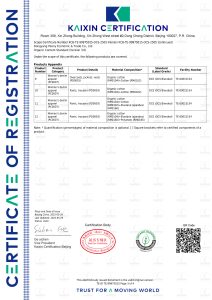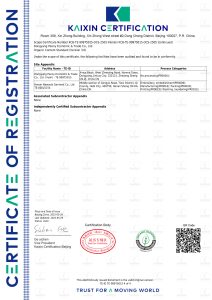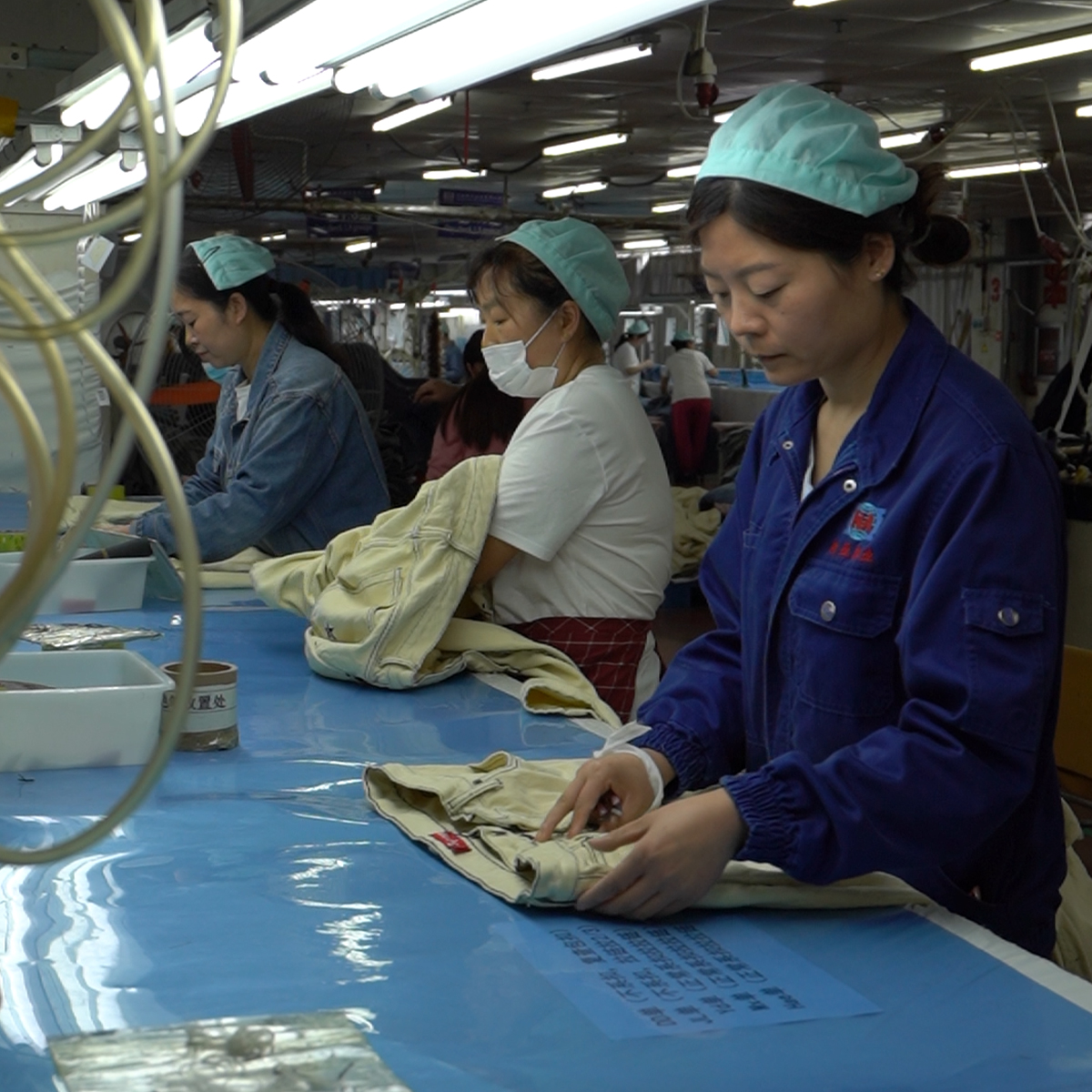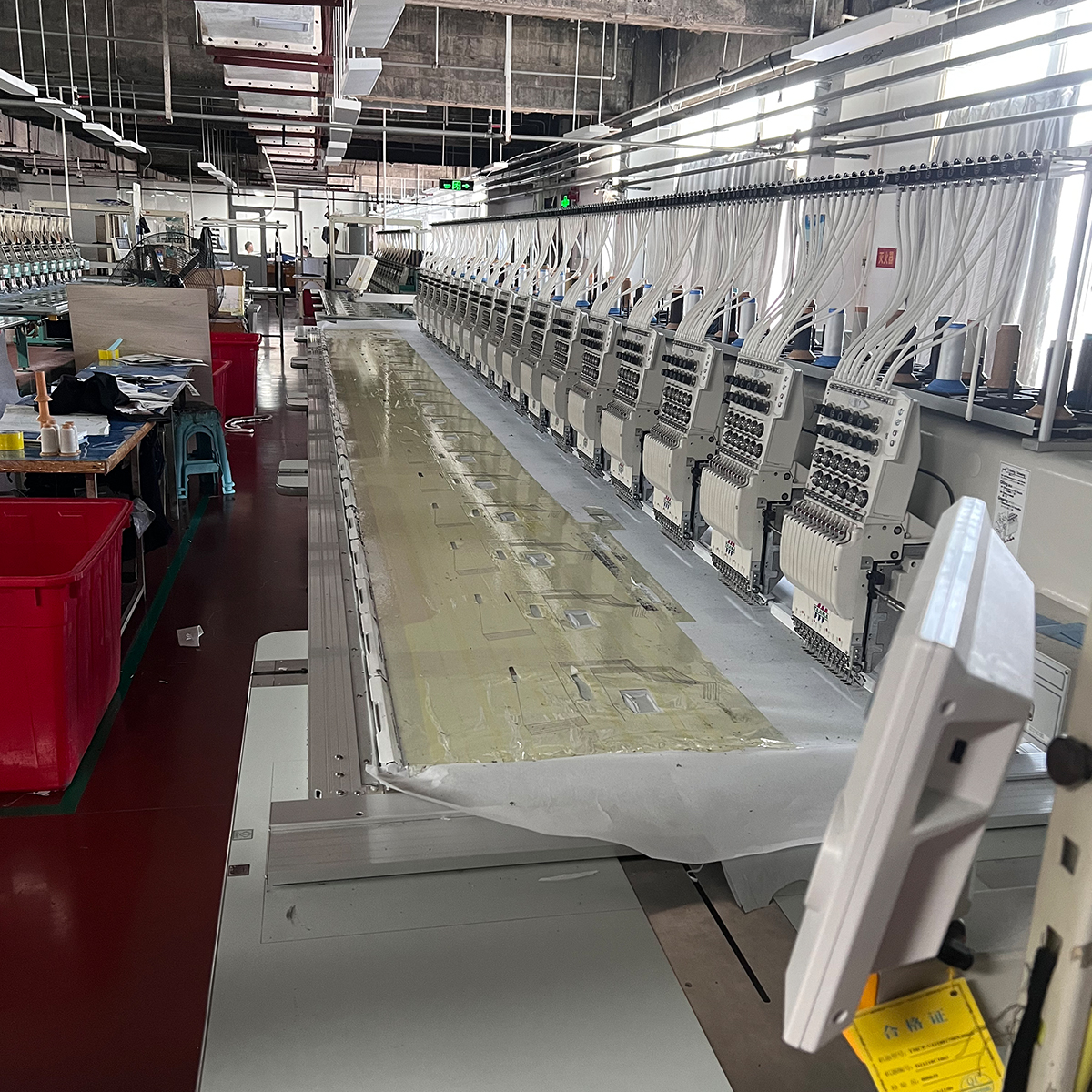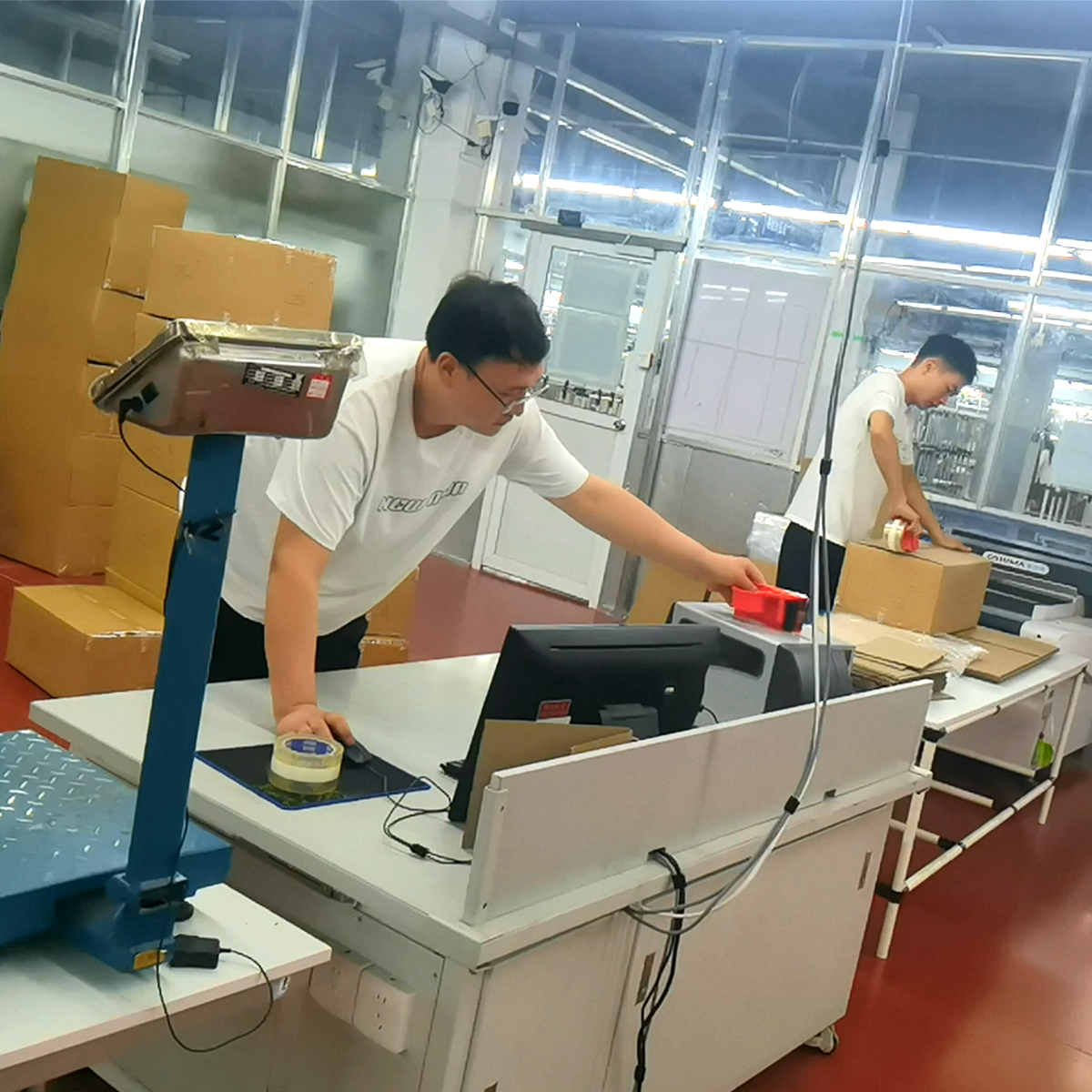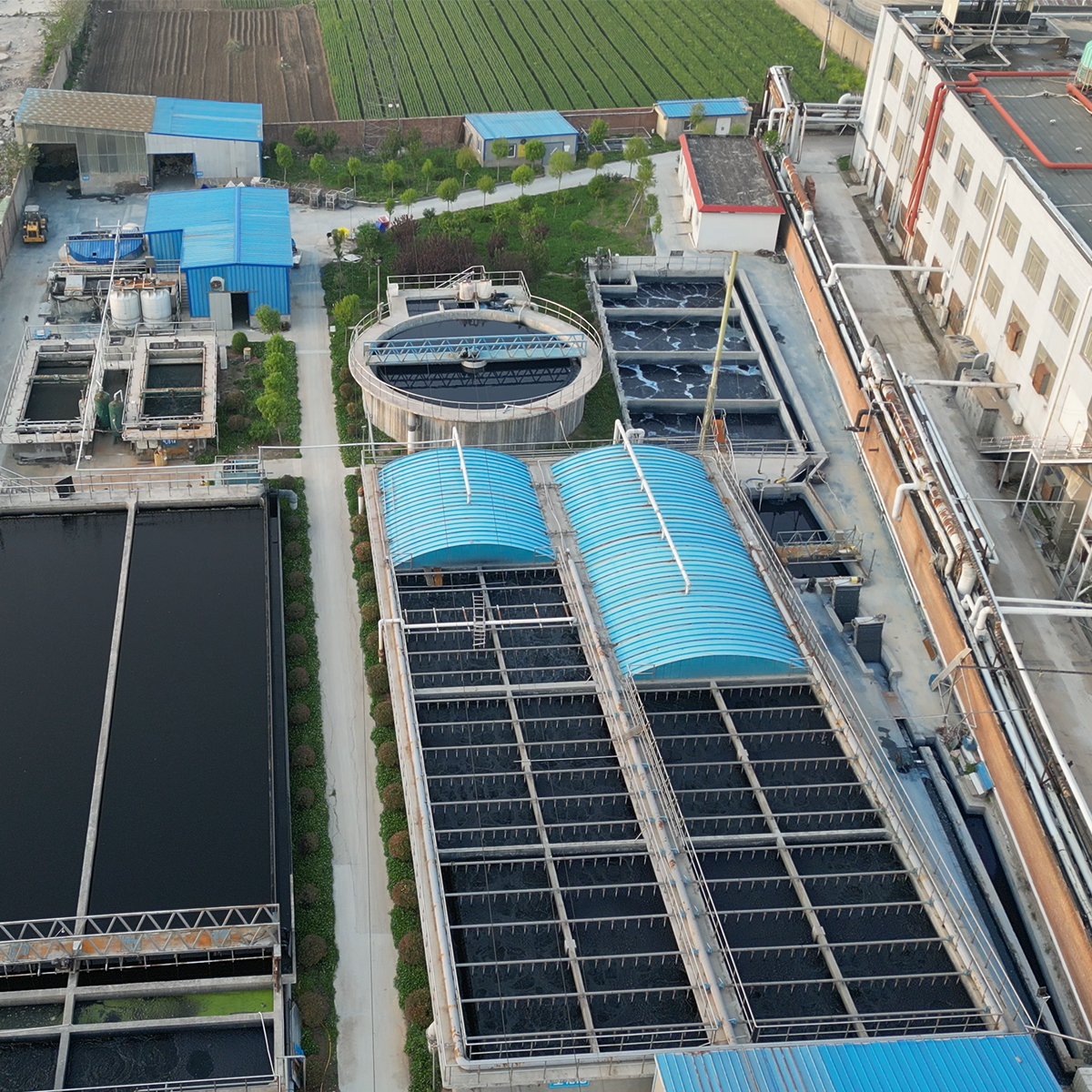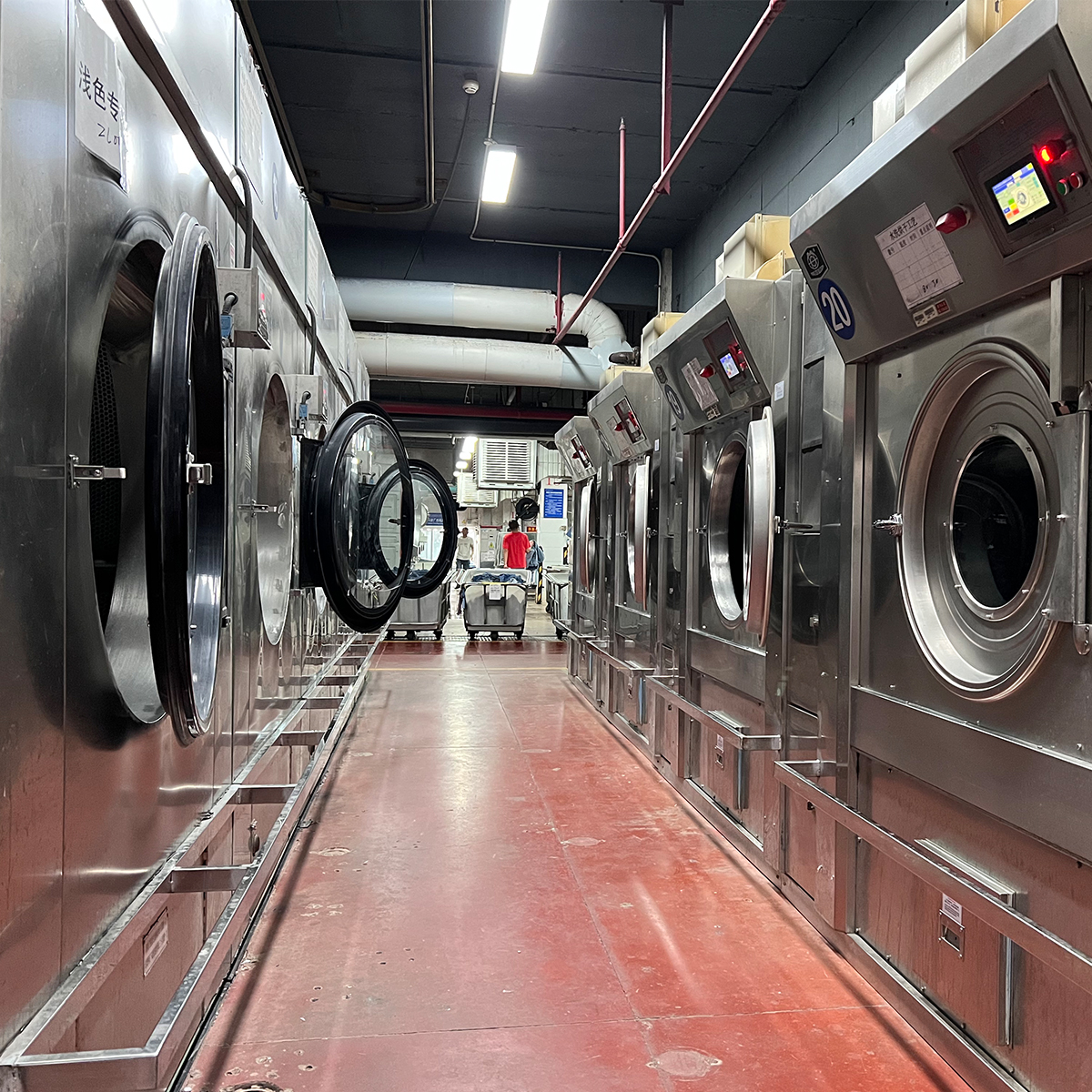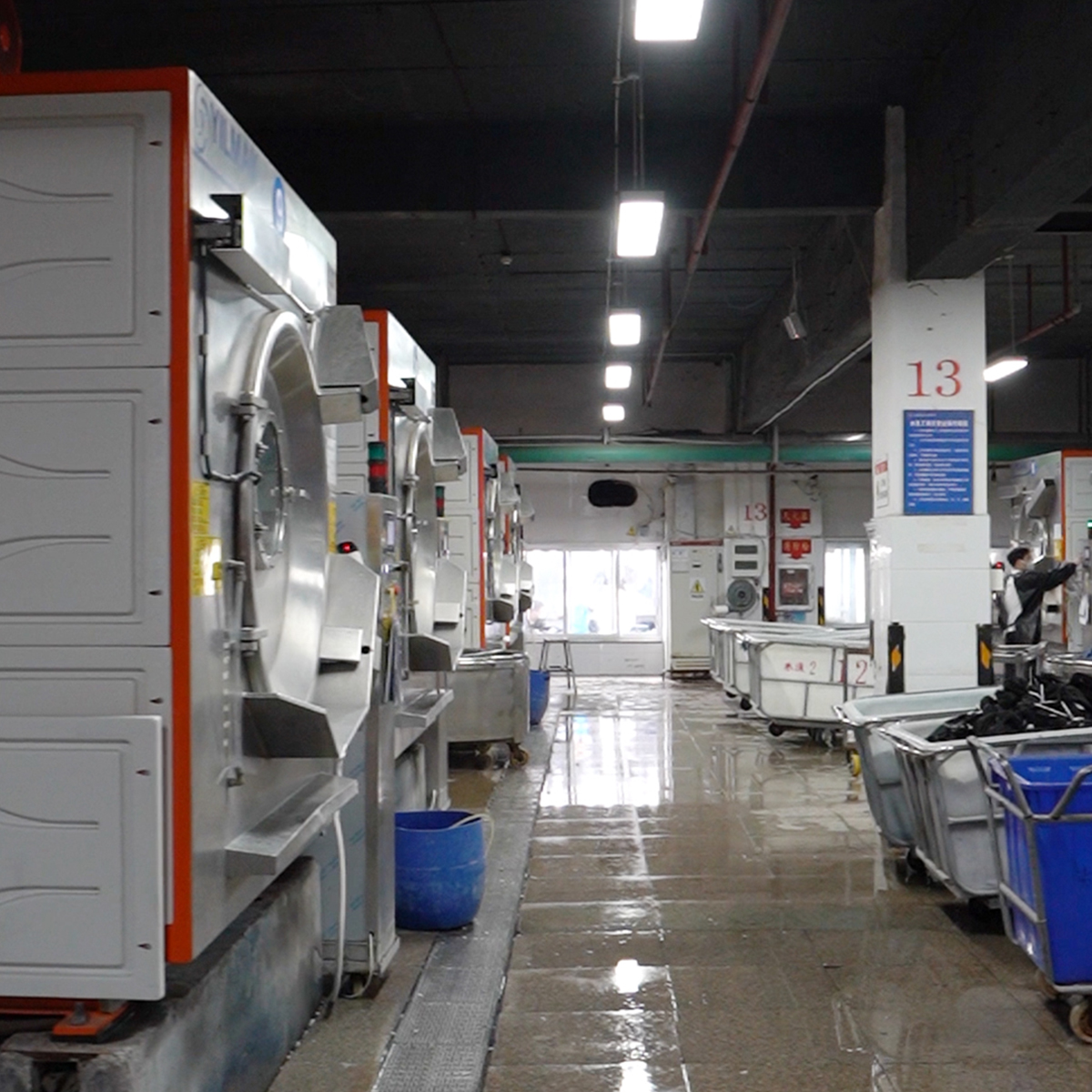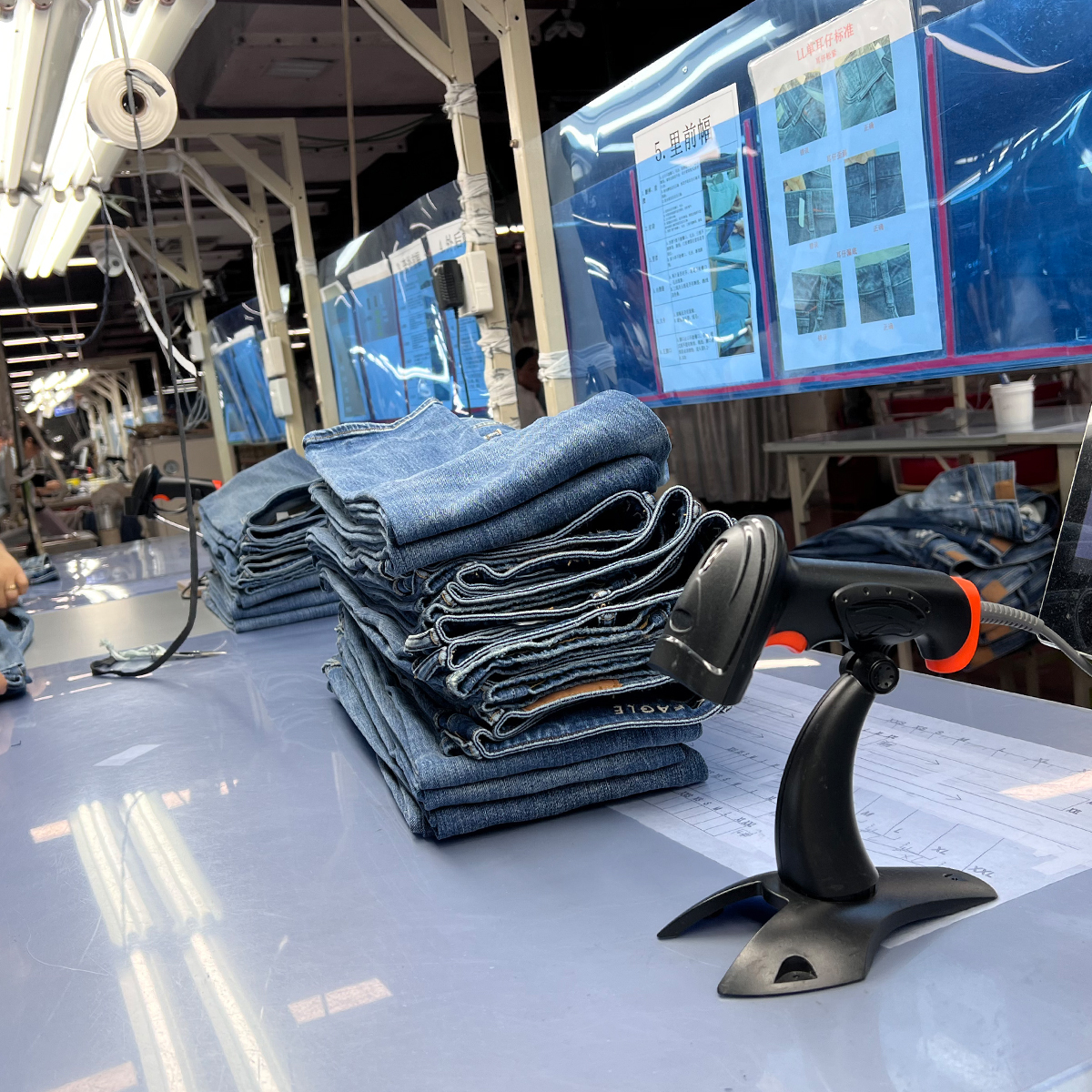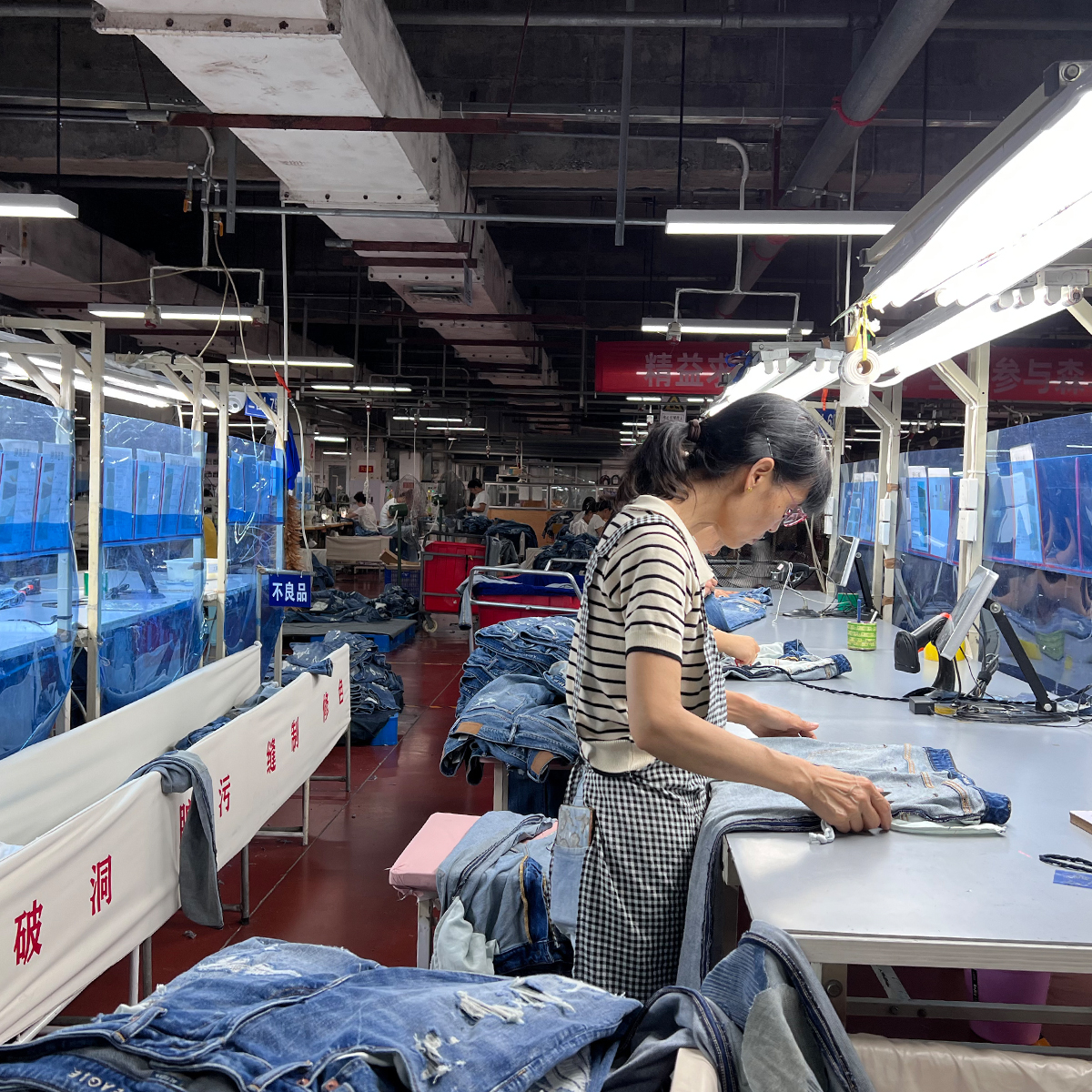The fashion industry has been undergoing a significant transformation in recent years, particularly in the realm of sustainability. Among the myriad of fabrics and styles, denim holds a special place—beloved for its versatility but notorious for its environmental impact. One of the often-overlooked aspects of denim production is water usage. In this article, we will explore the water consumption of various sustainable denim manufacturers, shedding light on how their practices compare in terms of resource conservation.
Understanding Water Footprint in Denim Production
Denim, particularly traditional methods of production, is known for its high water footprint. The process of growing cotton, dyeing, and finishing denim garments contributes to significant water usage. Estimates suggest that producing a single pair of jeans can require anywhere from 1,800 to 2,900 gallons of water. Sustainable denim manufacturers are working to reshape these figures through innovative practices geared towards reducing water consumption and environmental impact.
Key Players in Sustainable Denim Manufacturing
Among the pioneers in sustainable denim, several manufacturers have emerged as leaders, each with unique approaches aimed at minimizing water usage:
1. Levi’s: Pioneering WaterLess Technology
Levi Strauss & Co. has developed its signature WaterLess technology, which offers significant water savings during the finishing process. The company claims to have saved over 3 billion liters of water since the initiative’s inception in 2011. With innovative washing techniques and sustainable cotton sourcing, Levi’s aims to reduce the water footprint associated with their denim products.
2. Nudie Jeans: Organic Cotton and Transparency
Nudie Jeans prioritizes organic cotton farming, which not only reduces water usage compared to conventional cotton but also promotes healthier soil and biodiversity. The company has also committed to transparency, offering consumers insights into their water practices through detailed sustainability reports. By minimizing water-intensive processes and utilizing better dyeing techniques, Nudie Jeans stands out as a sustainable option in the denim market.
3. G-Star RAW: The Cradle-to-Cradle Approach
Known for its innovative designs and commitment to sustainability, G-Star RAW adheres to the Cradle-to-Cradle philosophy, focusing on creating products that are not only sustainable but also recyclable. The company has invested in a product developed with raw materials that consume less water, like their RAW for the Ocean denim line. By incorporating materials made from recycled ocean plastic, G-Star RAW also addresses the issue of marine pollution.
4. Everlane: Radical Transparency and Sustainable Practices
Everlane emphasizes transparency across its supply chain, offering consumers a unique look at the environmental impact of each product, including water usage. The brand has introduced denim lines that use less water in production while maintaining style and quality. Everlane remains committed to sustainable practices, opting for methods that minimize water consumption at every stage of production.
Comparative Analysis of Water Usage
To truly understand how these brands compare, we can look at the numbers associated with each manufacturer. Here’s a brief overview of the water usage in the production of their denim:
| Manufacturer | Water Usage (Gallons per Pair) | Key Water-Saving Practices |
|---|---|---|
| Levi’s | Approx. 3.5 | WaterLess technology |
| Nudie Jeans | Approx. 6.5 | Organic cotton, sustainable dyeing methods |
| G-Star RAW | Approx. 4.0 | Cradle-to-Cradle philosophy, recycled materials |
| Everlane | Approx. 5.0 | Radical transparency, minimized processes |
Innovative Water Conservation Techniques
Each of these brands employs various techniques to reduce water usage:
- Dry Dyeing: Utilizing air and heat instead of water during the dyeing process significantly cuts down on water consumption.
- Recycling Water: Some manufacturers incorporate closed-loop systems in which water used in production is treated and recycled for subsequent uses.
- Hydroshot Technology: A technique that uses high-pressure air to apply dye, drastically reducing the need for water compared to traditional methods.
Consumer Impact and Choices
For environmentally conscious consumers, understanding the water usage associated with their denim choices is vital. Each purchase has the power to support sustainable practices. By opting for brands that actively reduce their water footprint, consumers can contribute to a more sustainable fashion future.
Researching sustainable brands, reading labels, and supporting those that prioritize environmental responsibility are all impactful ways to drive change in the fashion industry.
The Future of Sustainable Denim
As the demand for sustainable fashion grows, denim manufacturers will continue to innovate and adapt their practices. The challenges surrounding water usage in denim production are significant, but with the right technologies and consumer support, the industry can evolve towards a more sustainable model.
The ongoing commitment of brands to transparency, their utilization of innovative technologies, and awareness among consumers will shape the future of denim. By prioritizing sustainability over mere aesthetics, we can create an impact that reverberates through the entire fashion supply chain.



